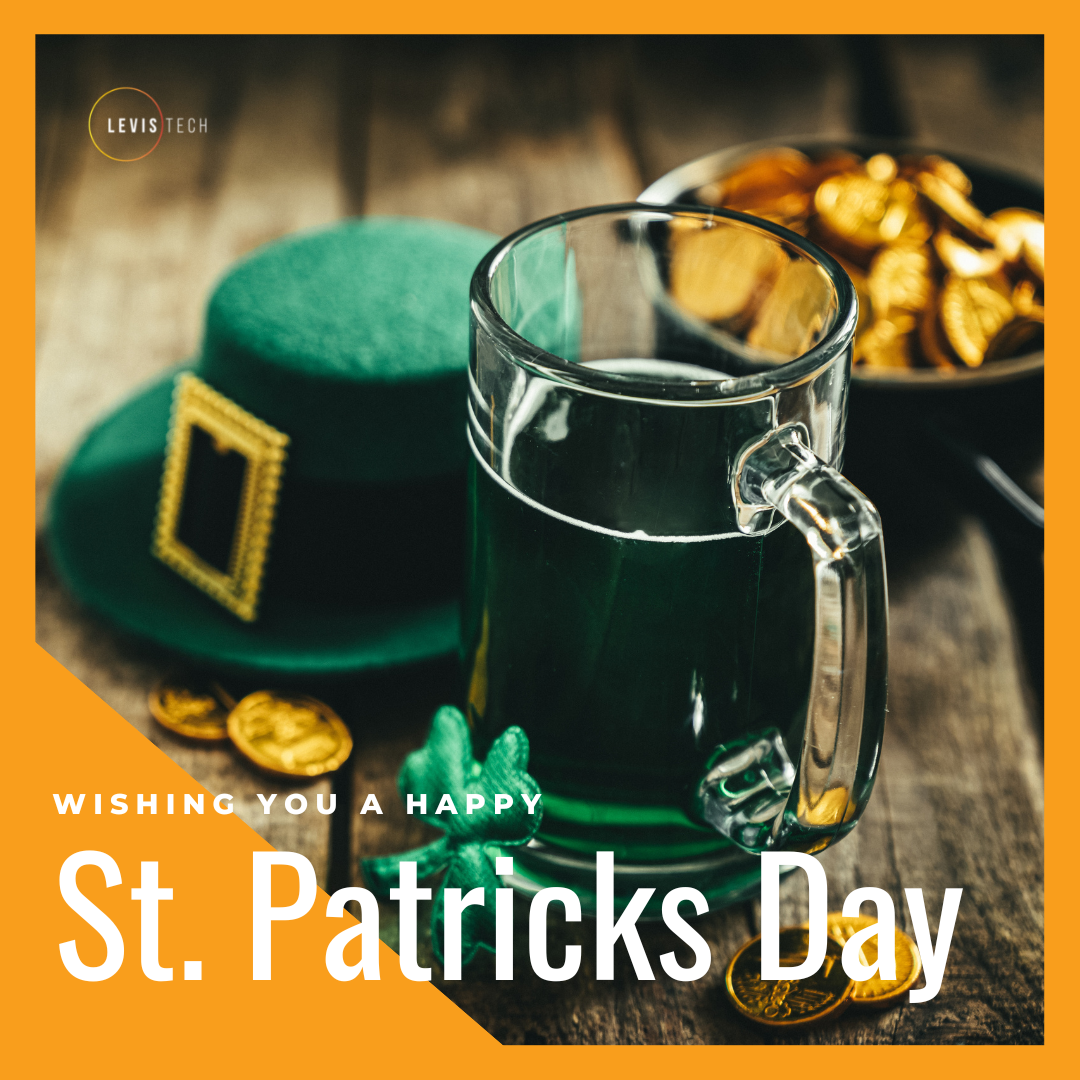Oh St Patrick! Thank you for the Green Beer?

St. Patrick's Day. It's one of those occasions that we all celebrate for reasons. Mostly those reasons are beer and rabble rousing.
I mean, who can't get behind an irish whiskey and a pint?! For the record, right now I have a rather enjoyable tipple called Roe and Co. I recommend for anyone who likes a fairly sweet whiskey with a touch more flavour complexity than your Jameson's or even the Glendalough (another of my preferred tipples - they make an excellent gin too if anyone is interested). Let us know what you think if you give it a try.
Obviously St. Pat's must be a bit more than our Ameri-Canadianized version of the popular CHEERS day and green beer over-indulgence that has become the standard, right? Right. So let's talk about St. Pat and the evolution of his day, and a little Irish history.
Christianity and Snakes
St Patrick was an apostle of Christianity in Ireland in the 4th Century. St. Patrick was born in Britain (part of the Roman Empire at the time) as Maewyn Succat in the late 5th century. At age 16 (around A.D. 400), Maewyn was kidnapped by Irish pirates, and was forced to work as a shepherd. As anyone who has spent time with sheep knows, this was likely not the worst, but also definitely not the best outcome of pirate kidnappery.
After 6 years, Maewyn escaped back to Britain and embarked on Gospel teaching. Chance landed him back in Ireland to spread the Gospel to the presumably Godless heathens inhabiting the Emerald Isle at this early point in the spread of the religion of Christ.
As a Bishop, Maewyn changed his name to Patricius, and traveled from village to village to share the teachings of the Lord, and was successful enough to eventually found many churches in Ireland.
The association of Maewyn/Patricius/St. Patrick with "driving snakes from Ireland" is well known, despite the lack of actual snakes on the island. Odd, unless you consider influence of pagan rituals in Ireland at the time, and the role of Christian missionaries trying to "drive" these pagan rituals from the population. Snakes? Or just people who hadn't been fully "educated" in Christian tradition? Anyway, the allegory carries on, as does the association of the holiday with the shamrock. According to popular mytholody, St. Pat used the shamrock to illustrate the concept of the Holy Trinity.
Wither the Green Beer?
Saint Patrick's Day celebrations have been greatly influenced by the Irish diaspora, especially in North America. Until the late 20th century, Saint Patrick's Day was often a bigger celebration among the diaspora than it was in Ireland.
According to Wikipedia, the first association of the colour green with Ireland is from a legend about an unfortunate fellow who was bitten by a venomous snake but saved from death by Moses placing his staff on the snakebite, leaving him with a green mark. His descendants settled in Ireland, a land free of snakes. As you would given the circumstances.
Between this and the green of the Shamrock, the green in St Patrick's day was settled before the celebrations were popularized in the US and Canada.
In Ireland, St Pats is a relatively somber religious bank holiday that recognizes Irish culture and ceremony.
In Canada and the US, it's a celebration of green beer, stereotypically Irish fare, an almost overwhelming saturation of the colour green, and in some cases, terrifying references to Leprechauns. There are movies. They could be classified as "horrors" but should be ranked amongst the more cheese-tastic horror flicks of the era.
This is a very brief history of the man and the myth (one and the same) but don't let your celebrations of the holiday be brief!! Go forth and enjoy driving the snakes out of your local pub with a green pint!
|
YOU MAY ALSO LIKE:
|



